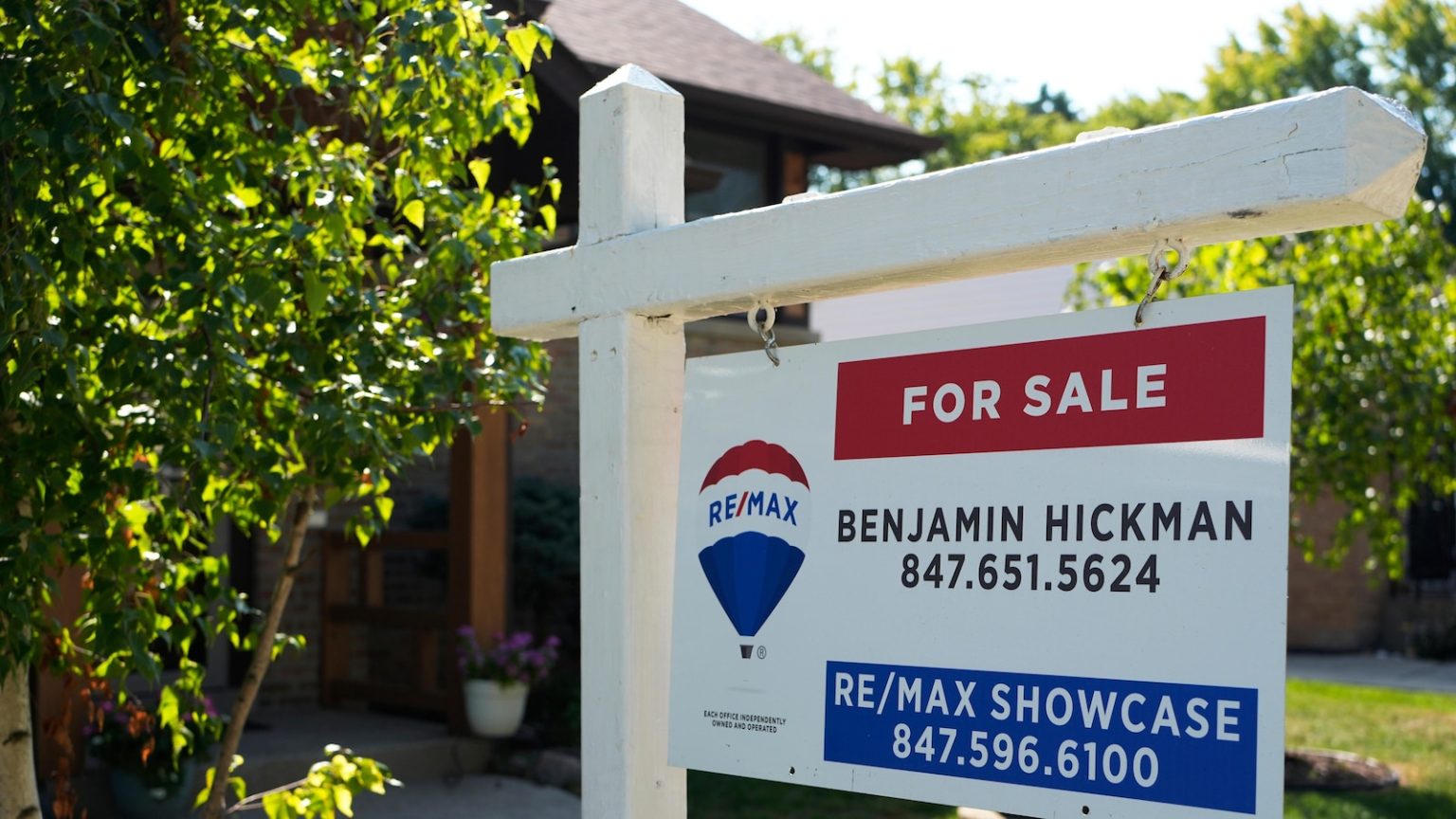Overview of U.S. Home Sales in January: A Challenging Landscape for Buyers
The U.S. housing market experienced a notable decline in home sales during January, as rising mortgage rates and elevated home prices continued to deter potential buyers. According to the National Association of Realtors (NAR), sales of previously occupied homes dropped by 4.9% from December to a seasonally adjusted annual rate of 4.08 million units. Despite this month-over-month decline, sales were 2% higher compared to January of the previous year, marking the fourth consecutive annual increase. However, the latest figures fell short of economist expectations, which had anticipated a pace of 4.11 million units. This discrepancy underscores the ongoing challenges in the housing market, where affordability remains a significant barrier for many would-be homebuyers.
The persistent rise in home prices further exacerbates the issue. The national median sales price increased by 4.8% year-over-year, reaching $396,900 in January. This marks the 19th consecutive month of annual price gains, highlighting the steady upward trajectory of home values. Lawrence Yun, NAR’s chief economist, pointed to the combination of high mortgage rates and elevated home prices as a major obstacle for buyers. "Mortgage rates have refused to budge for several months despite multiple rounds of short-term interest rate cuts by the Federal Reserve," Yun noted. "When combined with elevated home prices, housing affordability remains a major challenge."
The Ongoing Struggles of the U.S. Housing Market: A Slump Dating Back to 2022
The U.S. housing market has been grappling with a sales slump since 2022, when mortgage rates began to climb from historic pandemic-era lows. Last year, sales of previously occupied homes plummeted to their lowest level in nearly 30 years, reflecting the broader economic pressures and financial uncertainties faced by consumers. The average rate on a 30-year mortgage, which briefly dropped to a two-year low of around 6% in September, has been hovering near 7% in recent months. This rate is more than double the record-low 2.65% observed just over four years ago, adding hundreds of dollars to the monthly mortgage payments for borrowers.
The combination of rising home prices and elevated mortgage rates has been particularly discouraging for first-time buyers. Historically, first-time buyers have accounted for about 40% of home purchases, but their share has been declining in recent years. In January, first-time buyers made up 28% of all homes sold, matching the share seen in January 2024 but down from 31% in December. Last year, their annual share fell to a record-low 24%, underscoring the growing difficulties faced by this demographic. Without equity from an existing home to leverage, first-time buyers are often left on the sidelines as affordability constraints take hold.
Inventory Increases, But Buyers Remain Cautious
Despite the challenges, there is some positive news for homebuyers: the inventory of available homes has been growing. At the end of January, there were 1.18 million unsold homes on the market, representing a 3.5% increase from December and a 16.8% rise compared to the same time last year. This translates to a 3.5-month supply of homes at the current sales pace, up from 3.2 months in December and 3 months in January 2024. While this marks an improvement for buyers, who now have more options to choose from, the housing market remains far from balanced. Traditionally, a 5- to 6-month supply is considered a balanced market between buyers and sellers.
However, the increase in inventory is not solely the result of new listings; it is also driven by the fact that properties are taking longer to sell. Homes typically remained on the market for 41 days in January before selling, the longest duration since before the pandemic. In December, homes were selling in an average of 35 days. Despite the improved inventory, sellers still maintain the upper hand in many parts of the country. Approximately 15% of homes sold above their list price in January, and the average home received 2.6 offers during the month, according to Yun.
Mortgage Rates and Buyer Sentiment: A Delicate Balance
Mortgage rates continue to play a pivotal role in shaping buyer sentiment. With rates stubbornly stuck near 7%, many potential homebuyers are opting to wait on the sidelines, hoping for a more favorable financial environment. The Mortgage Bankers Association reported that mortgage applications declined by 6.6% in the week ending February 9, falling to their lowest level of the year. This decline reflects the ongoing hesitancy among buyers, who are grappling with the dual challenges of high rates and elevated home prices.
However, Yun remains cautiously optimistic that slight dips in mortgage rates could encourage some eager buyers to act in the coming months. Even small reductions in rates could make a significant difference for borrowers, potentially prompting them to take advantage of the growing inventory of homes on the market. As the housing market continues to navigate this period of uncertainty, the interplay between mortgage rates, home prices, and buyer behavior will remain a critical factor in determining its trajectory.
The Human Impact: First-Time Buyers and the Future of Homeownership
The challenges facing the U.S. housing market are not just economic; they have a very real human impact. For first-time buyers, especially, the dream of homeownership is becoming increasingly difficult to achieve. The combination of high prices, elevated mortgage rates, and limited savings has created a perfect storm of affordability challenges. Many young buyers are being forced to delay their plans, while others are being priced out of the market entirely. This not only affects individuals and families but also has broader implications for the overall economy and societal stability.
As the housing market moves forward, it is clear that affordability will remain a central issue. Policymakers, lenders, and industry stakeholders must work together to address these challenges and ensure that homeownership remains within reach for future generations. While the current landscape is undeniably tough, there is hope that a more balanced market—where buyers and sellers can find common ground—may emerge in the years to come. For now, buyers and sellers alike will need to navigate this complex and ever-evolving landscape with patience and resilience.















